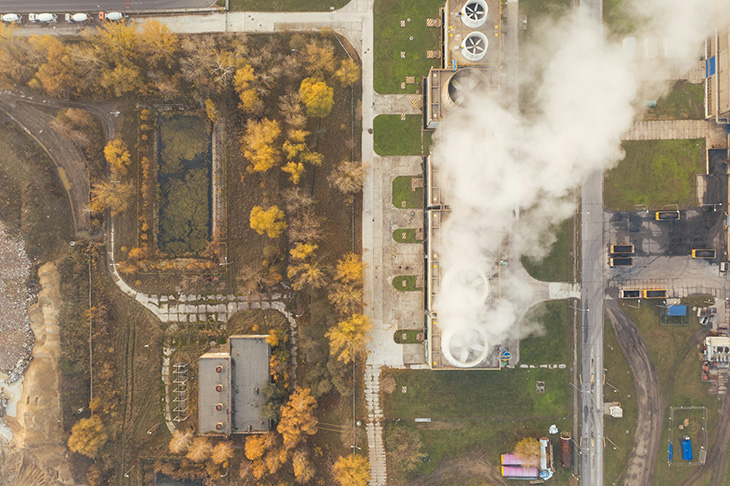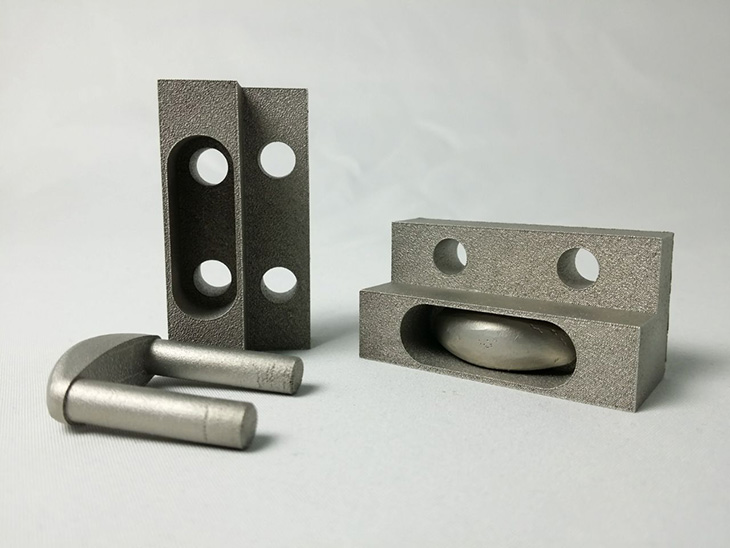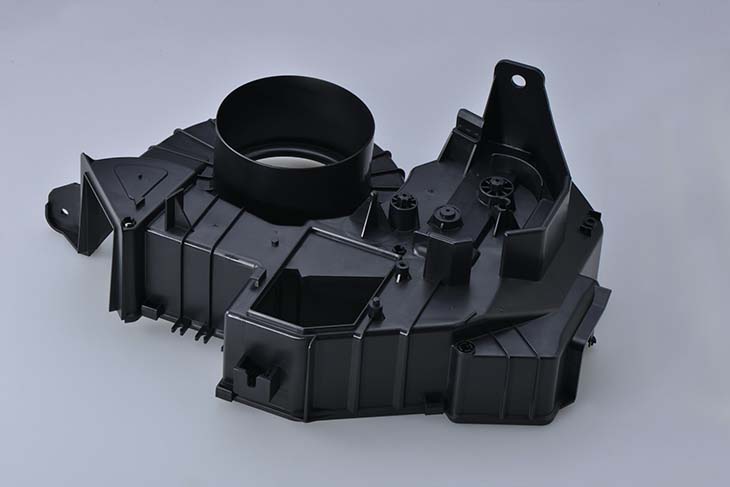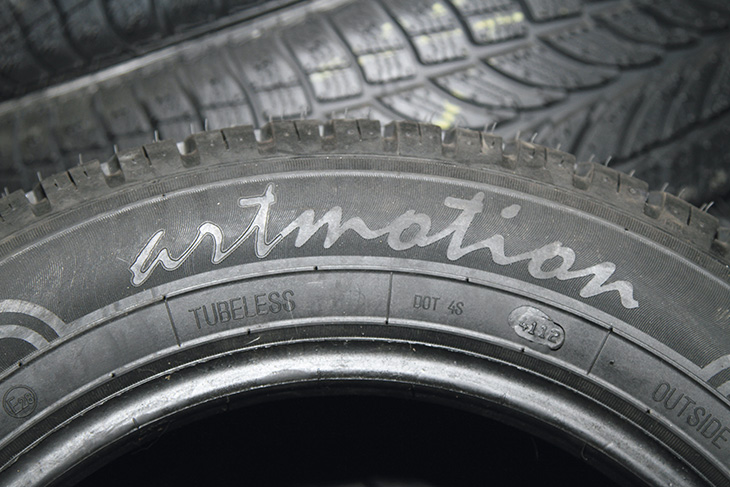Safety is critical on a job site, but it can be challenging to navigate. A few straightforward construction safety tips can help any team leader prevent accidents on their job site. You can create a safe workplace for your crew using eight essential strategies.
1. Provide Accommodations During Intense Weather
Weather can have serious safety implications for construction teams. Extreme heat and cold increase the risk of accidents on-site, and may cause illnesses without proper precautions. Research shows high heat causes 91.9% of exertion-related injuries in construction.
You can protect your workers from heat and cold-related risks by providing accommodations. For example, on cold, wet days, ensure there is a dry, heated space where workers can take breaks. Likewise, provide sunscreen, extra water and a cold, shady spot to help prevent heat sickness during hot days.
2. Offer Training for All Vehicles and Equipment
Training is one of the top ways to prevent accidents on-site. Offer training for all vehicles and equipment you use, and ensure it is available to your entire team.
New workers are more likely to expect training and learning opportunities. However, those with more experience may feel uncomfortable asking for help using a new piece of equipment. You can give them a stress-free space to build their skills by requiring machine training for your entire team.
3. Ensure Everyone Has Properly Fitted PPE
PPE is the bread and butter of construction site safety. However, workers do not always have all the gear they need and some may even have difficulty with sizing. Additionally, specialized types of PPE like respiratory protection may be difficult for some workers to invest in.
Most construction PPE is made for average-sized men. As a result, finding properly fitted PPE is a challenge for women, and people who are especially tall or short. You can improve safety on-site by ensuring all your workers have correctly sized PPE. Consider providing resources or financial aid for anyone struggling to acquire PPE, whether due to sizing or cost.
You can also invest in some spare PPE to have on hand in case anyone needs it. For example, if one of your workers accidentally damages their hard hat on the job, they can use one of your backup helmets for the rest of the day.
4. Create an Emergency Response Plan
Hopefully, you never need an emergency response plan, but it is crucial to have one just in case. Emergencies can be big or small, ranging from an accident on-site to a natural disaster. Your team needs to know what to do in the event of any emergency.
Create a versatile, organized emergency response plan and share it with your workers. Take some time to practice emergency procedures as well. If you are unsure where to get started, OSHA offers a library of standards and guidance for emergency preparedness in construction.
5. Regularly Inspect All Vehicles and Equipment
Vehicle and equipment performance is vital for ensuring construction safety. Poorly maintained machines increase the likelihood of an accident and reduce productivity. Regular inspections ensure your team identifies maintenance issues and safety hazards early.
Create a schedule for equipment maintenance and provide training for your team. Many workers are not aware of the red flags they should look out for. Training can empower everyone to help with inspections and maintenance by increasing awareness.
6. Create an Easy System for Reporting Safety Hazards
Communication is crucial for ensuring construction safety hazards do not go unnoticed. However, your workers may not know how to report issues and concerns. So, it is vital to have a clear system for reporting any potential safety hazards.
For example, you can post emergency contact information on-site, such as the project manager's phone number. On larger projects, you can also create an email or website where a team can handle safety reports.
Additionally, ensure your site leaders are practicing open communication. The whole crew should feel comfortable going to team leaders and managers if they have questions, concerns or need help.
7. Require Fall Prevention Training
Falls are one of the top causes of injuries and fatalities in construction. Effective training can go a long way toward preventing these severe accidents. It is especially crucial for projects with scaffolding and tall structures.
Prevention should be part of mandatory safety training for your whole team, from new hires to experienced veterans. Your training material can cover a variety of topics, including ladders, scaffolding, roofing, fall-prevention PPE and best practices. Running fall prevention training at least once a year is a good idea.
8. Assign Tasks to Workers in Pairs
Working in pairs is a great way to improve construction safety by giving everyone a spotter. While one person is operating an excavator, their partner can monitor the perimeter to ensure no one gets too close to the vehicle.
Additionally, working in pairs minimizes the risk of anyone attempting to lift or move something too heavy for them. It also ensures your workers will usually have someone nearby to help in the event of an accident or injury.
Top Strategies to Boost Construction Safety
Safety is a top priority on every construction site, but it does not need to be complicated. These top eight straightforward tips can help you create a safe working environment for your team. With open communication, training and support from leadership, your workers can prevent accidents and injuries on the job.
























